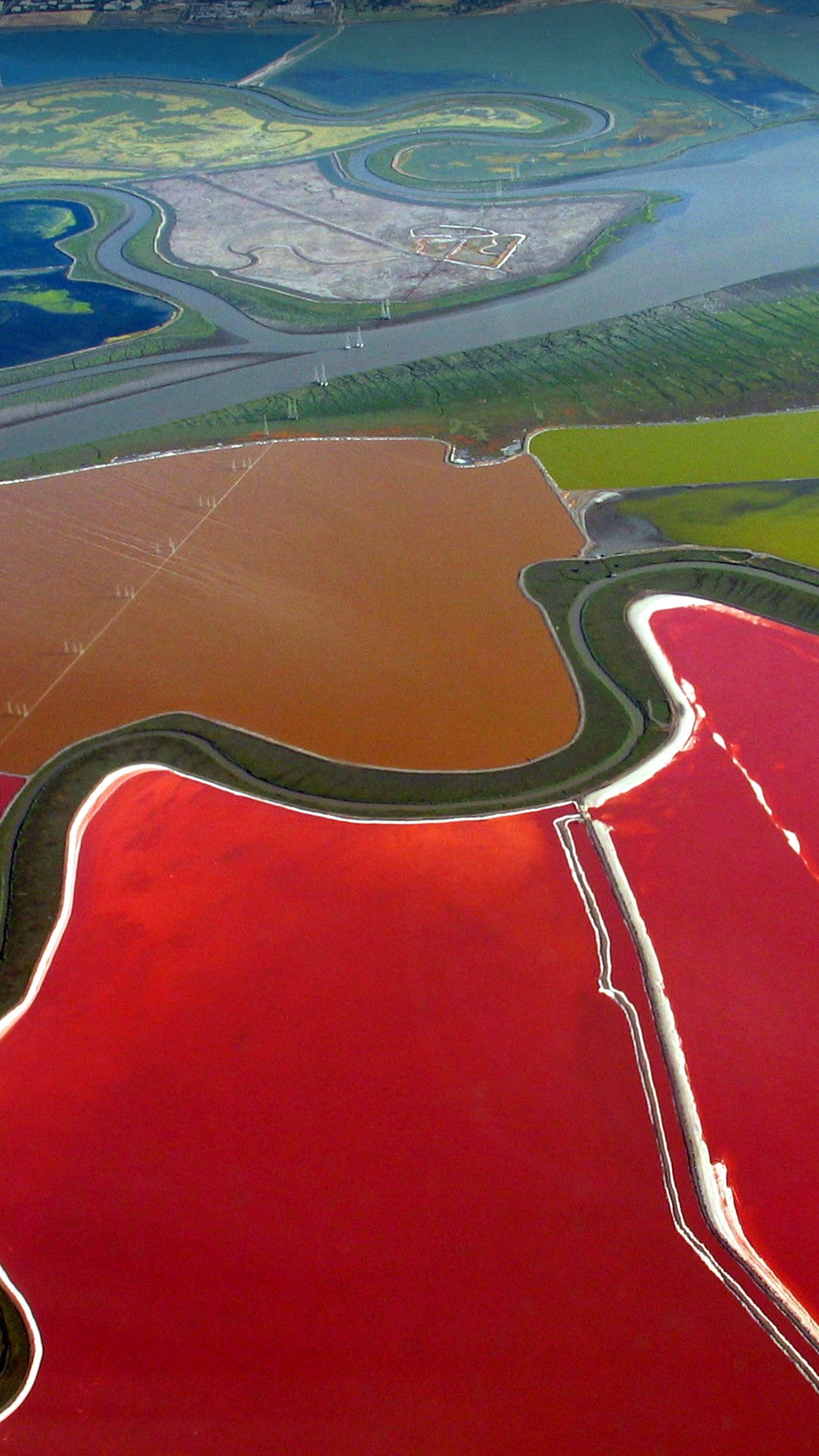Table of Content
- What is the UV index intensity in August in Home Hill?
- Average temperature Home Hill, Australia
- How high is the UV index in January in Home Hill?
- What is the UV index intensity in September in Home Hill?
- Average humidity in August Home Hill, Australia
- Average daylight in November / Average sunshine in November Home Hill, Australia
Check out our Weather averages of Home Hill to better plan your holiday or travel. January and February receive most rainfall with precipitation count of 408.62mm. Cemeteries found in will be saved to your photo volunteer list.
It was subdivided into farming allotments. The first blocks of town land were offered for sale in December 1912 under the name of Home Hill. Yuru is an Australian Aboriginal language spoken on Yuru country.
What is the UV index intensity in August in Home Hill?
Click on the to download this map, this can also be done in full screen if you want a bigger map of Home Hill. Click on to change layers between this map, a map box street map, Google hybrid / satellite view of Home Hill. An example of the map file is shown below. Please note that the first map is a static map of Home Hill, Australia provided by Openstreetmap, it is free to copy, modify and use as per their terms of use. Right click on the map of Home Hill to save your free map of Home Hill, Australia.

The Burdekin River forms the locality's north-western boundary. The town is situated centrally within the locality surrounded by crop farming. In January, the average heat index is estimated at a sweltering 35°C (95°F). Take special precautions - heat exhaustion and heat cramps are expected. Heatstroke may occur with lengthy activity.
Average temperature Home Hill, Australia
A UV Index value of 6 to 7 symbolizes a high health vulnerability from exposure to the Sun's UV rays for the average person. In Home Hill, the average daily maximum UV index in October is 6. A UV Index reading of 6 to 7 represents a high health risk from unsafe exposure to UV radiation for the average person.

The Queensland Government claims it was named after Home Hill, a hilltop defended by the British Army in the Battle of Inkerman in the Crimean War. However it has also been claimed that it was named after Colonel Home who lived in the district and had fought in the Crimea. Another claim is that the name was originally Holme Hill which was corrupted into Home Hill, possibly by a signwriter painting the name at the railway station. A newspaper report in September 1912 calls the proposed town Holme Hill but also makes the connection with the Battle of Inkerman.
How high is the UV index in January in Home Hill?
Exposure to direct sunshine can increase heat index values by up to 15 Fahrenheit degrees. With exposure to direct sunlight, the heat index may be increased by up to 15 Fahrenheit degrees. Protection against sun damage is needed. Seek shade and minimize exposure to direct Sun in a period between 10 a.m. When UV radiation is most intense; keep in mind that shade structures like parasols or canopies do not provide perfect sun protection.

The change in length of daylight between today and tomorrow is also listed when available. July and August are the coldest months with temperature at around 16°c. Cemeteries found within kilometers of your location will be saved to your photo volunteer list. Cemeteries found within miles of your location will be saved to your photo volunteer list.
October, the same as September, is another warm spring month in Home Hill, Australia, with an average temperature fluctuating between 26.8°C (80.2°F) and 21.1°C (70°F). In Home Hill, the average daily maximum UV index in December is 6. A UV Index estimate of 6 to 7 represents a high health hazard from exposure to the Sun's UV radiation for the average person. The average daily maximum UV index in August in Home Hill, Australia, is 6. A UV Index of 6 to 7 symbolizes a high threat to health from exposure to the Sun's UV radiation for ordinary individuals. August, the last month of the winter in Home Hill, is a warm month, with an average temperature varying between 23.6°C (74.5°F) and 16.9°C (62.4°F).
There are also numerous early references to the town as Holm Hill. Certainly the Hill part of the name does not relate to the local geography which is quite flat with the nearest hill is about 10 kilometres (6.2 mi) away. Home Hill lies approximately 98 kilometres south of Townsville and 1,269 kilometres north of the state capital Brisbane on the Bruce Highway. It is a part of the Shire of Burdekin which includes the town of Ayr to the north. Both towns are governed by the Burdekin Shire Council.
The lady who owns it was so extremely helpful in all ways. From responding to my query in email quickly about needing ground floor unit as I have to use a walker. To explaining about a festival in town that day. Even going as far as giving me a number in case need anything as they were going to festival. Room was very clean, well maintained with a lot of room to move.
I have also added a Google Map showing the location of Home Hill, Australia which can be found below the free street map. February and November, with an average maximum UV index of 7, are months with the highest UV index in Home Hill. A UV Index estimate of 6 to 7 represents a high threat to health from unsafe exposure to UV radiation for the average person. You are about to report this weather station for bad data. Please select the information that is incorrect. Temperature hovers around 30°c and at night it feels like 24°c.
The average heat index in December is estimated at a sweltering 35°C (95°F). Take extra precautions, as heat cramps and heat exhaustion are possible. Sustained activity may result in heatstroke. Built a map of France containing major cities, towns and road networks. Created a database containing cities, towns and hamlets.
In 1935 the society established its own grounds and erected pavilions. The shows were held annually until 2001 when the shows were no longer economically viable. In 1922, a power station was built enabling electricity to be supplied for the first time in Home Hill. The farming allocations were taken up to grow sugar cane and the town developed quite quickly after the establishment of the Inkerman sugar mill in 1914. Due to the frequent flooding of the river, the rail and road bridges were often closed or damaged, leading to the decision to build a single higher-level road-and-rail bridge. Due to the lack of rock in the sandy soil to use as foundations, for many years it was not believed possible to build a high-level bridge across the Burdekin River.

No comments:
Post a Comment